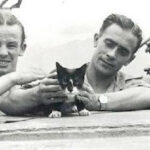
The Real Story Behind Unsinkable Sam Explained
You know the adage that cats have nine lives? While the origin of this saying isn’t confirmed, it’s clear why felines and invincibility go hand in hand. After all, they’re agile, flexible, springy, and can squeeze into and out of incredibly tight spaces.
That said, most would agree that cats and water don’t mix. That’s what makes the story of Unsinkable Sam all the more interesting. A black-and-white tuxedo tomcat, he earned fame during World War II for his incredible ability to survive ship sinkings (via ZME Science). Three, to be exact. But how did this friendly feline make his way onto three battleships? And how did the kitty prove so unsinkable?
It’s a tale so legendary that some people doubt its veracity. Nevertheless, it makes for an entertaining account. And it provides fascinating insights into the role of animals in the military. As reported by Business Insider, Unsinkable Sam was far from the first cat to end up on a naval ship. Nevertheless, few boasted as many adventures, and Sam also proved rare because he “served” on both sides during the war. While some have called Sam lucky, others argue he represented an omen of death. Decide for yourself when it comes to this remarkable naval cat. This is the real story behind Unsinkable Sam explained.
Unsinkable Sam started as Oscar
Although Unsinkable Sam has a lovely ring, he was initially named Oscar (or Oskar), according to ZME Science. As the legend goes, he started out as a pet of the Kriegsmarine, the Nazi navy, on the battleship Bismarck. The Bismarck set sail on its maiden voyage on May 24, 1939, just months before the invasion of Poland and the official beginning of World War II.
The ship commemorated Germany’s so-called Iron Chancellor, Otto von Bismarck. According to the BBC, Bismarck accomplished the impossible in 1871 when he facilitated the unification of the German states as one nation. But the battleship represented much more than this well-known leader. According to History Extra, “A powerful representation of Germany’s rise from the ashes of the First World War, it was a fearsome combination of size, swiftness and firepower.”
History suggests that Adolf Hitler also had big plans for the 823-foot-long ship. He envisioned it as the first step in re-establishing Germany’s naval battle fleet. The British navy feared the first deployment of the Bismarck, with some concerned that the British would prove unable to curtail the Bismarck and keep it from heading into the Baltic and the Atlantic. But despite its intimidating reputation, the Bismarck had an adorable whiskered mascot in Oscar (via All That’s Interesting).
Life on the Bismarck
What was life like for a feline on a warship? For starters, it involved having roughly 2,221 crewmates, according to All That’s Interesting. While the atmosphere would have been tense as the Bismarck began its maiden voyage, Oscar would have helped lighten the mood.
As historical photos from Naval History show, seafarers have spent plenty of time playing with their ship cats. Some photos also depict cat-sized hammocks set up for a crew’s beloved mascot, sometimes even having ladders. Crew members also loved posing for pictures with crew pets posed in the muzzles of guns or atop the capstan.
Of course, being a part of the crew also put Oscar in harm’s way. The ship made its way to the North Atlantic on May 19, 1941, according to History. What was its first mission? To sabotage the naval envoys that transported goods back and forth between the United Kingdom and Canada. Cutting this supply line would secure Nazi Germany a significant maritime victory by depriving the British of food, supplies, and oil per History.
The Bismarck sinks
The Bismarck marked one of the most formidable battleships ever constructed, the equivalent of an “ocean-bound castle,” according to History. It was also the first full-scale German-built battleship since World War I. Because of the ship’s state-of-the-art design, Nazi leaders claimed it was unsinkable. Of course, history tells us that claims like these prove incredibly foolhardy, which Oscar would find out firsthand.
Accompanying the formidable Bismarck was the heavy cruiser Prinz Eugen, the largest warship of its day. Their top-secret mission, codenamed Operation Rheinubung, involved bringing the British naval fleet to its knees. The Bismarck’s first engagement proved impressive, according to History. On May 24, 1941, the battleship Prince of Wales and the battlecruiser Hood ran across the Bismarck off the coast of Iceland. Engaging the enemy, the Bismarck didn’t disappoint, eventually sinking the British navy’s crown ship, the Hood, in a spectacular explosion. All but three of the Hood’s more than 1,400 crew members perished.
While the Bismarck proved sound, it had a fuel leak, forcing it to head towards the coastline of occupied France for repairs. But the cat was out of the bag. (Pun intended.) By May 26, the Royal Air Force walloped the Bismarck, disabling the ship. While we can only guess what Oscar was up to during these tense days — his feline follies likely included plenty of food and nap time. But his life changed forever on May 27, when three British naval battleships rendered the Bismarck a sitting duck. Shockingly, the crew chose to scuttle the vessel, sending it (along with more than 2,000 sailors) to a watery grave (via the Scotsman).
Rescue by the HMS Cossack
Of the 2,221 souls on board, only 115 survived, along with one black-and-white cat, per History. According to Unsinkable Sam’s legend, the British destroyer the HMS Cossack saved survivors of the Bismarck, and crew members came across Oscar hanging out on a floating plank in their search (via All That’s Interesting).
Is there any truth in this story? While it’s hard to ascertain definitive proof, there’s one image that appears to support it. Artist Georgina Shaw-Baker forever commemorated the moment in an undated pastel portrait entitled “Oscar, cat from the German battleship ‘Bismarck’,” now owned by Greenwich’s National Maritime Museum.
Along with German survivors of the shipwreck, the British navy brought the lucky feline on board. Crew members of the HMS Cossack adopted him, calling him Oscar or Oskar due to the cat’s German background. This official story makes sense since the survivors of the Bismarck could have easily reported the cat’s name to the British sailors that rescued and detained them. With his rescue from the Bismarck, Oscar flipped sides, transforming into the Allied powers’ mascot.
Tragedy on the HMS Cossack
Unfortunately, Oscar wouldn’t have long to get comfortable on the HMS Cossack, according to Uboat. Five months after the sinking of the Bismarck, on October 24, 1941, a German U-boat shot two torpedoes at a destroyer, missing the ship. But one of the torpedoes launched into the HMS Cossack. The explosion blew the Cossack to bits, destroying “most of the forward section, killing the commander.”
Over 150 crew members died in the explosion, and 60 survived, including 29 wounded sailors. Although a skeleton crew would later re-enter the ship, attempting to salvage it with the help of the tugboat HMS Thames, it sunk on October 27 because of extreme weather. Fortunately, the volunteer crew on board managed to escape before the ship slipped beneath the waves. Again, Oscar survived, although he may have surrendered the second of his nine lives during this naval disaster.
Where did Oscar end up this time? After the second sinking, he began life as a member of the aircraft carrier HMS Ark Royal (via All That’s Interesting). As he transitioned to life aboard yet another naval ship, he gained the name most people knew him by: Unsinkable Sam.
Saved by the HMS Ark Royal
There was a no more appropriate place for Unsinkable Sam to be than the HMS Ark Royal. Why? It had earned a reputation as a “lucky ship,” according to ZME Science. The Ark Royal had survived a handful of close calls and even got mistakenly reported as sunk on several occasions. This ship had also played a critical role in neutralizing the Bismarck.
However, the ship’s luck wouldn’t hold out for long. Unsinkable Sam had one more ship-sinking to endure, per All That’s Interesting. On November 14, 1941, just one month after his rescue, the HMS Ark Royal sank after getting torpedoed by a U-boat. What are the odds of the black-and-white cat surviving a third downed ship? Absolutely astronomical! And yet anyone who’s a student of history will tell you, reality is often stranger than fiction. Unsinkable Sam survived yet again.
How did Unsinkable Sam’s final shipwreck take place? On that fateful November day, the Ark Royal chugged home from Malta. Unfortunately, a U-boat intercepted the ship near Gibraltar, dealing it a fatal blow. According to Hydro International, “Its destruction was a devastating blow to the Royal Navy’s power in the Mediterranean theatre of war and to the morale of the British people.”
Salvaged by the HMS Legion
The torpedo that hit the HMS Ark Royal decimated the ship, yet Unsinkable Sam survived again, per All That’s Interesting. Sailors on the British Royal Naval destroyer the HMS Legion found the cat among the wreckage. According to official reports, he “was found clinging to a floating plank by a motor launch and described as ‘angry but quite unharmed'” (via ZME Science).
At this point, it’s safe to assume that Unsinkable Sam was at the end of his rope when it came to abandoning ship. What’s more, sailors had to start wondering whether the naval cat represented an omen of danger. After all, sailors tend to be a superstitious lot, so it’s not a far stretch to assume no other ships wanted to house the devastation-prone cat. That said, any objective viewer would also point out that the story of Unsinkable Sam illustrates just how fraught with danger naval activity was in World War II, as explained by Naval History and Heritage Command.
World War II is described as “the first time in naval history opponents engaged out of sight of each other. Radar gave the fleet new eyes, as technological progress improved their defense and added power to the offense” (via the same source). The result? Devastating technological implications for naval ships on both sides. In other words, even a cat with nine lives needed to think twice about long-term life on a naval vessel! After all, there were only so many floating planks out there to hitch a ride on.
But is any of this true?
Maybe this dangerous context is why Unsinkable Sam retired from military duty for good after the sinking of the HMS Ark Royal. Where did he go from there? After living briefly at the offices of the Governor of Gibraltar, it’s said that a seaman adopted him and transported him to Belfast, where he lived a quiet life until he died in 1955, per All That’s Interesting.
The veracity of Oscar’s story has been questioned by many as nothing more than a sailor’s tale, and there are a few reasons to be skeptical. For starters, researchers have failed to recover any records from the Bismarck mentioning a cat. What’s more, photographic evidence of the cat proves tenuous. Still, some researchers have also made solid arguments for the cat’s existence.
After all, why make a pastel portrait of Unsinkable Sam if he wasn’t rescued from the Bismarck? What’s more, it’s not a stretch of the imagination to assume Sam might have been a stowaway on the Bismarck, which would nix the issue of a lack of records about him.
Military pets weren't as rare as you might think
Photographic evidence of Unsinkable Sam proves problematic, according to All That’s Interesting. Some have identified one photo showing a black-and-white tuxedo cat as Unsinkable Sam. But if you look closely at the cat’s collar, it includes a name tag reading “HMS Amethyst 1949.”
For this reason, researchers have identified it as a photo of Simon, the Amethyst’s wartime mascot. There’s also a third photo of a cat on a battleship that is widely thought to be Unsinkable Sam. The issue is that the cat is a tabby, which doesn’t fit 99% of the anecdotes about Sam. However, these cat photographs do point to the fascinating prevalence of marine cats in military service. Just how popular were cats on ships? Despite the belief that cats and water don’t mix, traditional sailors used them for centuries to keep down rat numbers. This practice dates back to ancient Egypt.
According to Naval History, “Without the presence of cats, a crew might find their ship overrun with rats and mice that would eat into the provisions, chew through ropes, and spread disease. Superstitious sailors believed that cats protected them by bringing good luck.” Not only did crew members bring cats from their homeland on travels around the world, but they also picked them up in foreign ports. Besides catching mice and rats, sailors reportedly also harnessed cats’ night vision to help detect the distant lights of shipwrecks at night.
Other sea-going felines
What about other noteworthy cats on ships? According to All That’s Interesting, they included Mrs. Chippy, a tiger-striped tabby that accompanied Ernest Shackleton’s crew on their Trans-Antarctic expedition in the early 1900s. And Mrs. Chippy and Unsinkable Sam were by no means the only maritime cats of note.
Blackie served on the HMS Prince of Wales, and he even had the chance to meet Prime Minister Winston Churchill during his clandestine World War II meeting with President Franklin D. Roosevelt. And we can’t forget about beloved Convoy, who hunted mice and rats on the HMS Hermione.
One of the most adorable pieces of evidence concerning Convoy’s existence? A photo of a group of sailors surrounding the kitty while he naps on a tiny hammock. How did Convoy get his name? “The cat obtained his name because of the number of times he accompanied the ship on duty patrols,” according to IWM. Besides this adorable photo, Convoy also received a full kit and was listed in the ship’s book. Outside of military service, cats regularly accompany fishing boats, as in a March, 2021 rescue mission in Thailand showcases, per the Washington Post.
Other military pets and their prevalence on the battlefield
Pets haven’t just accompanied sailors in war. Domesticated canines and pigeons have also long been a presence in war zones on land. Like cats, these animals promoted troop morale. What’s more, pigeons and dogs also served on the front lines, according to All That’s Interesting. Stubby, a tough-as-nails Boston terrier earned a reputation as one of the most notable mascots in the military. Smuggled onto the frontlines by his owner, Stubby soon rose to the ranks of the squadron’s mascot. How did he earn his keep during wartime? He warned troops of surprise attacks and helped rescue the wounded with his highly attuned nose.
Pigeons, particularly messenger pigeons, were used for relaying messages. And the array of pets didn’t end there. Some soldiers even resorted to domesticating wild animals including bears, mice, monkeys, and chickens, according to All That’s Interesting. In each case, these animals helped keep soldiers’ spirits high. They also provided comfort and a way for troops to take their minds off the carnage going on around them.
But even if the story of Unsinkable Sam is untrue or inaccurate, it provides a reassuring message. According to ZME Science, “As for Sam’s legacy, it goes to show that even in the most dire of circumstances, even as everything around you is crumbling down, you can still cling on to a piece of wood, get rescued, and move on to another ship and start over again. Or it goes to show that cats really do have nine lives — all of which are absolutely worth living.”
308 thoughts on “The Real Story Behind Unsinkable Sam Explained”
Leave a Reply
You must be logged in to post a comment.

Did Jesus Have Siblings?

Why Some Believe The World Will End In Fire
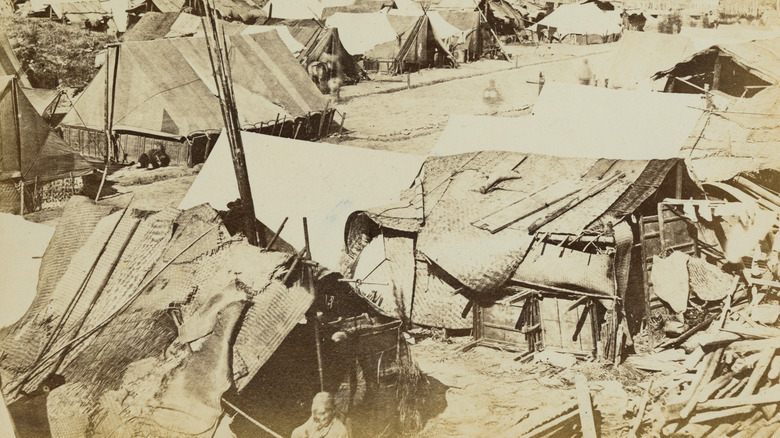
Was The Tai Ping Rebellion The Most Brutal War In History?

The 12 Days Of Christmas Explained
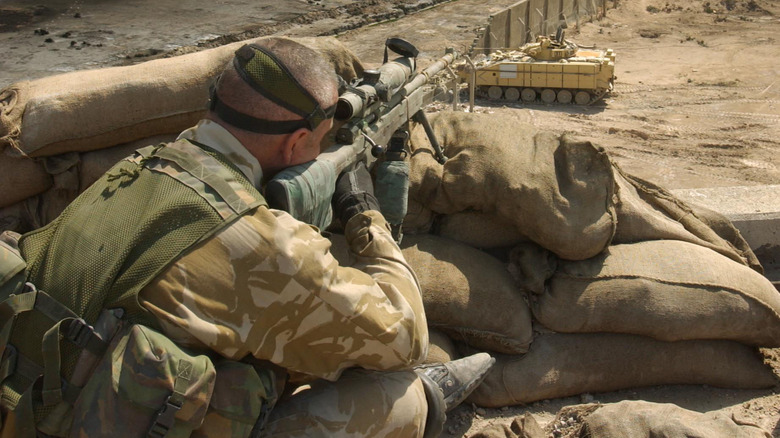
Deadliest Snipers Throughout History
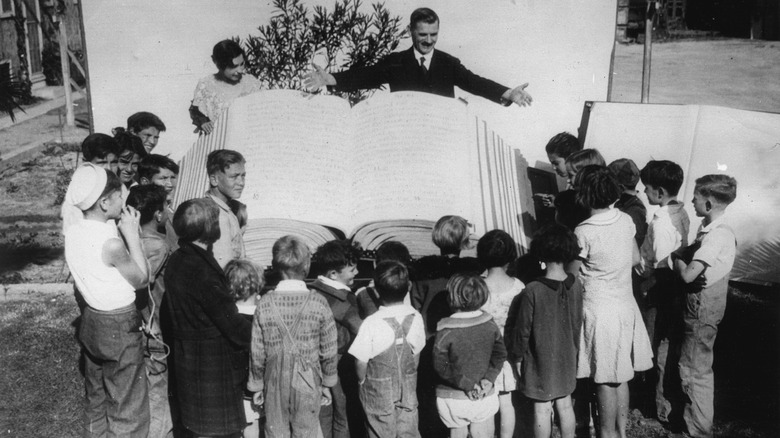
The Untold Truth Of The Waynai Bible

The Alleged Spy Technique The CIA Uses At Starbucks

Monster In The Shadows: Where Is Brittney Wood's Mother Today?

The Real Reason Joni Mitchell Passed On Woodstock
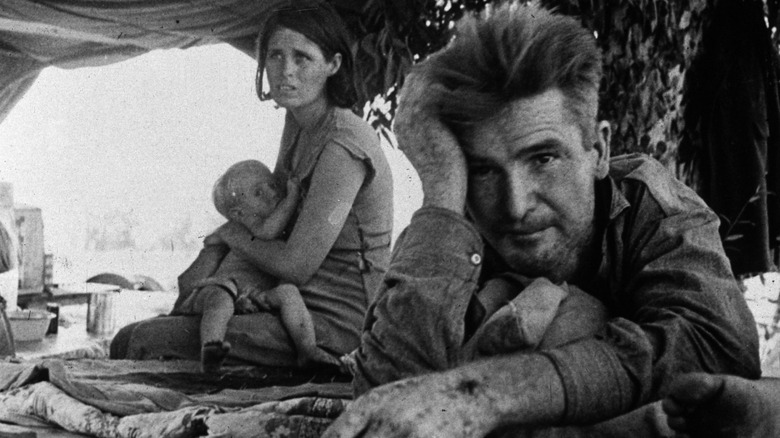
The Aftermath Of The Great Depression Is More Messed Up Than You Know
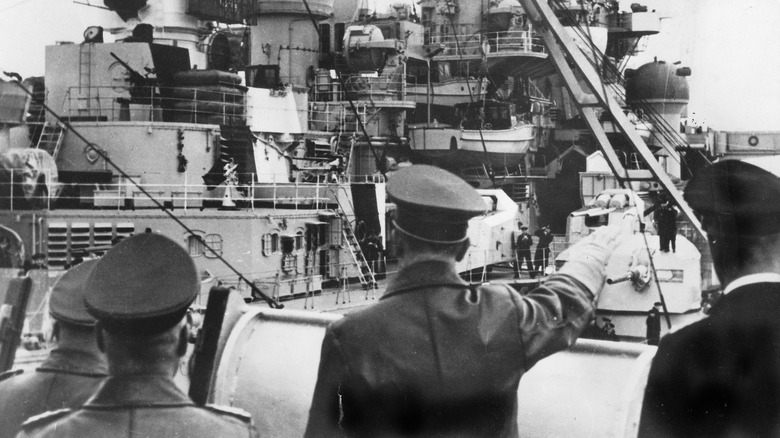
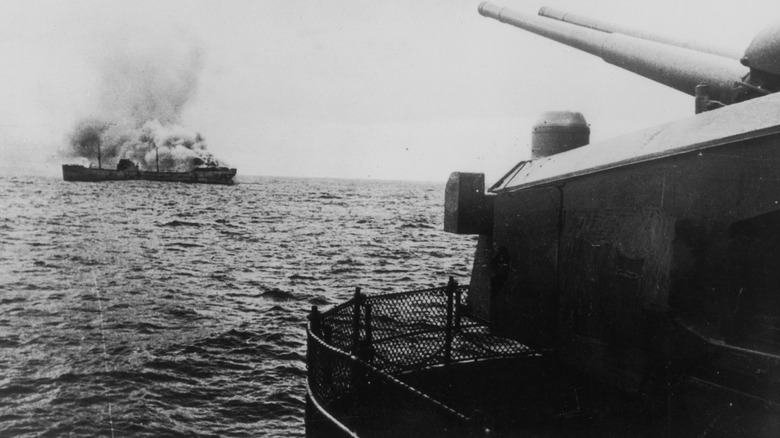
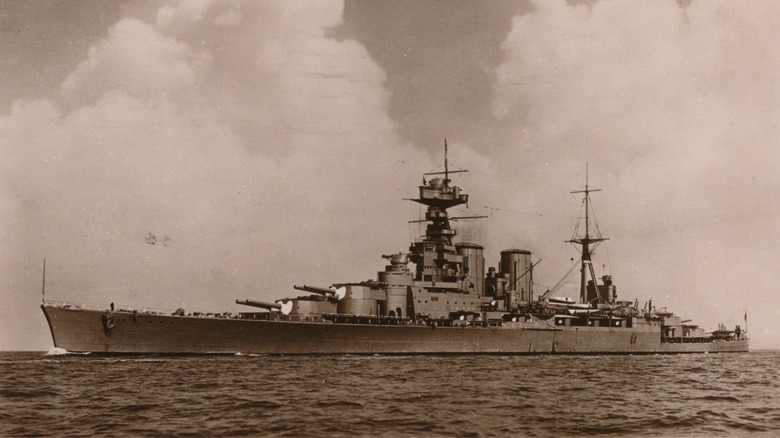
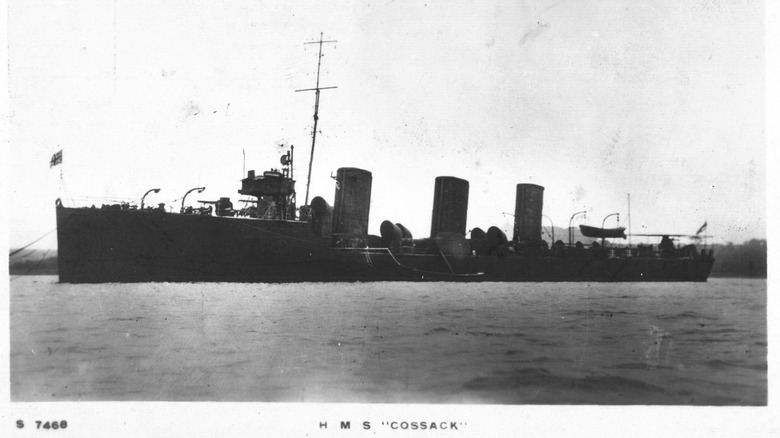
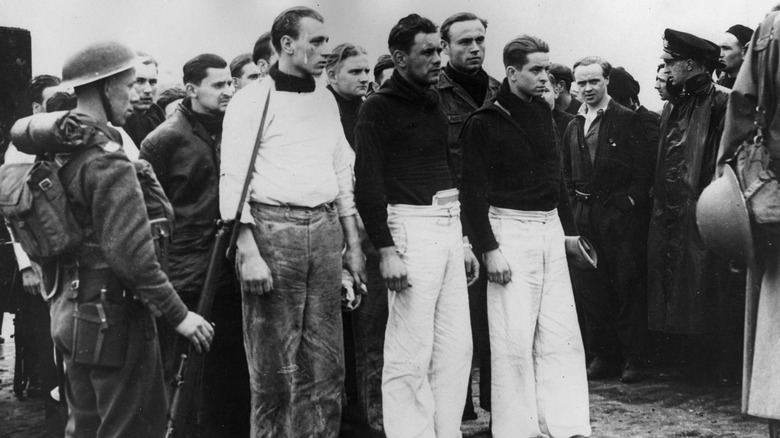
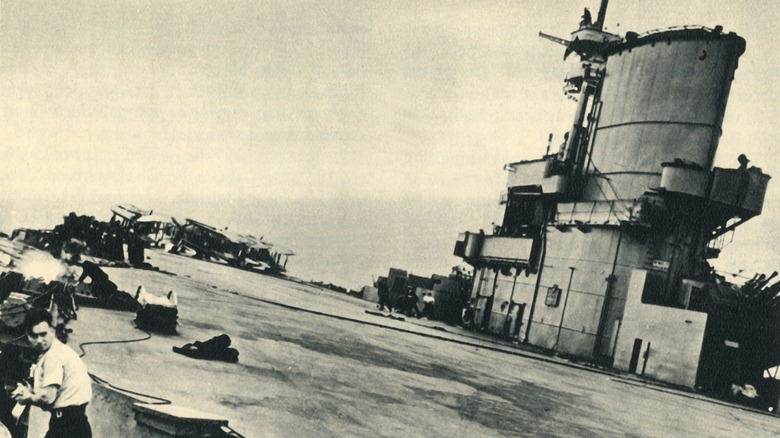
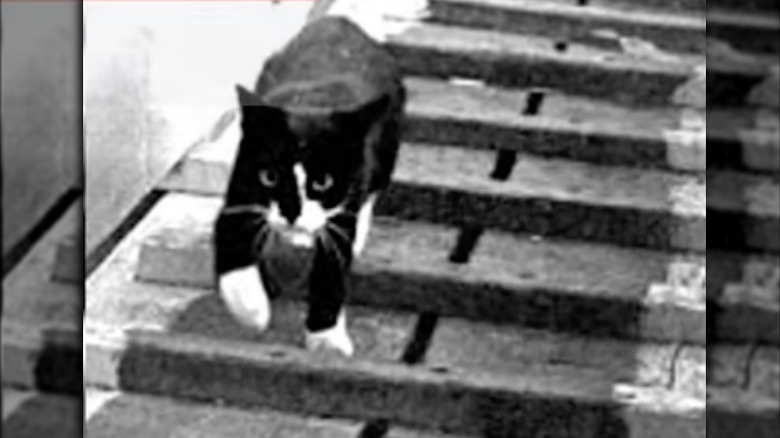
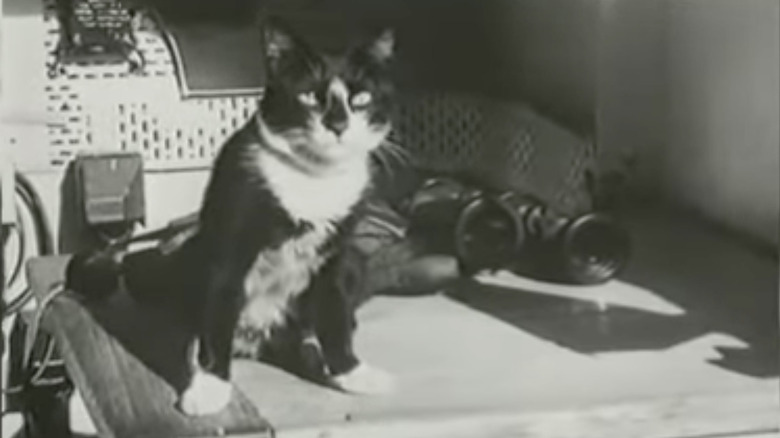
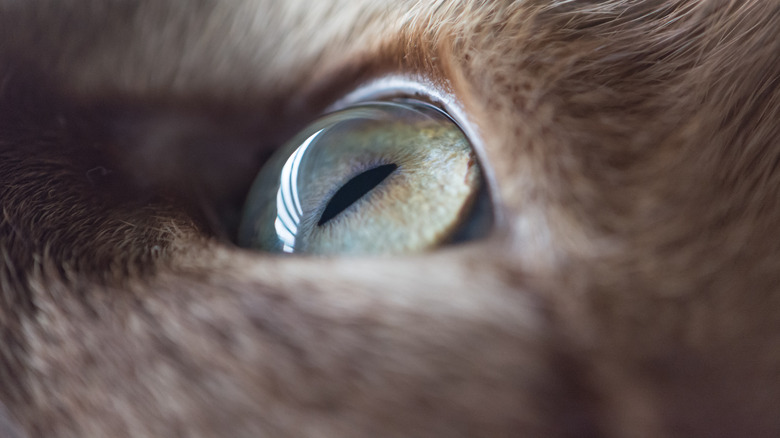
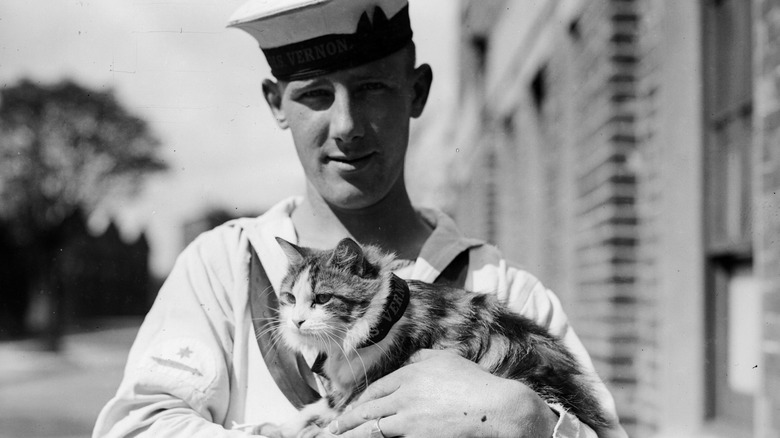
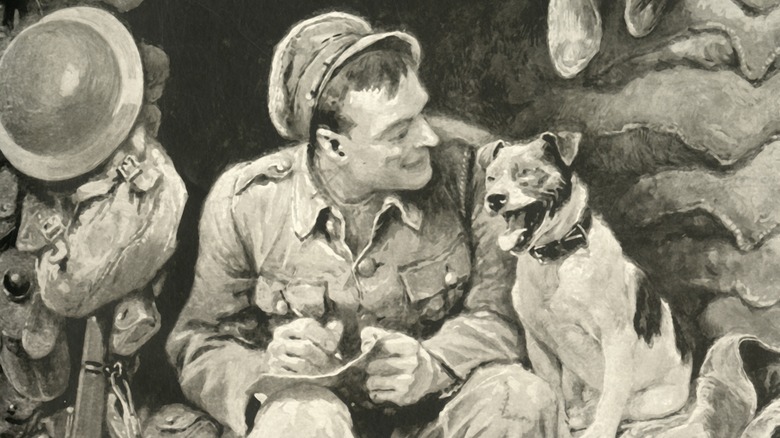




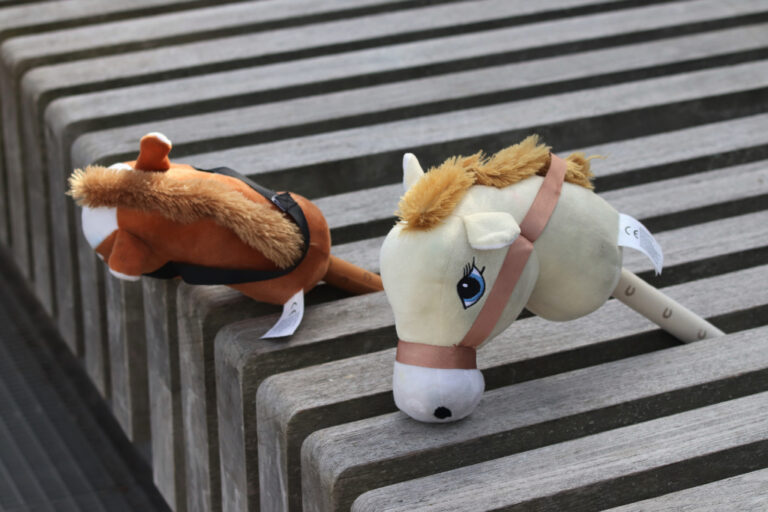

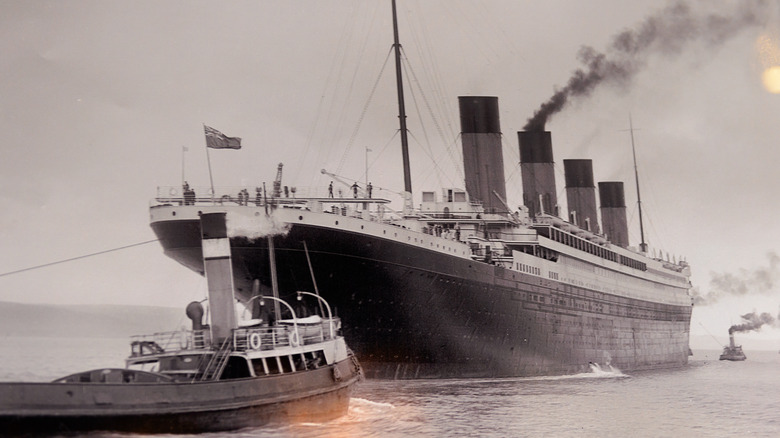
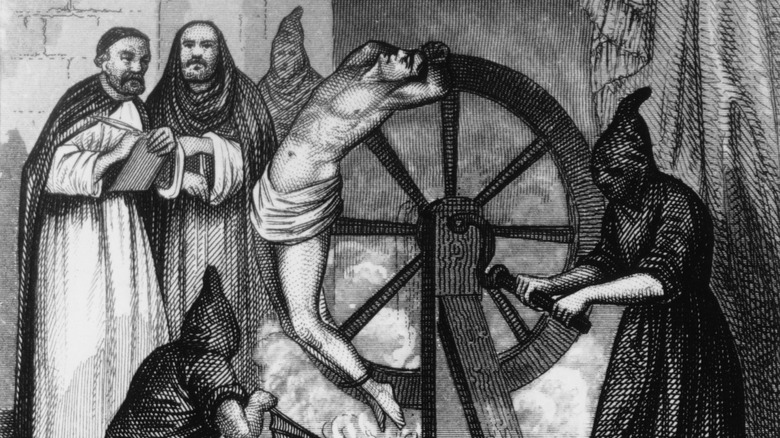


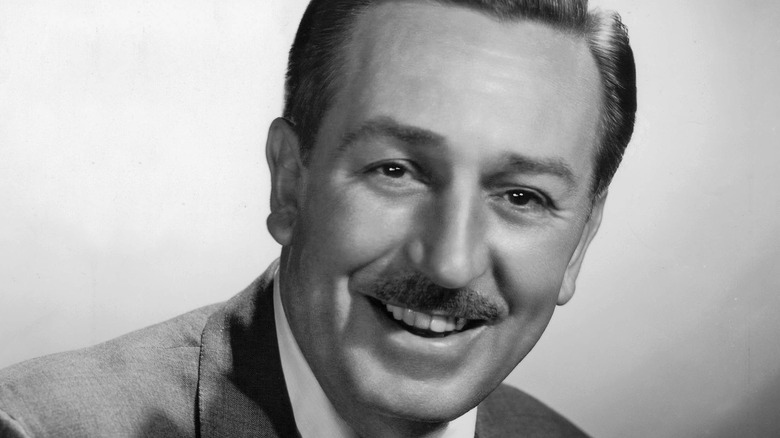


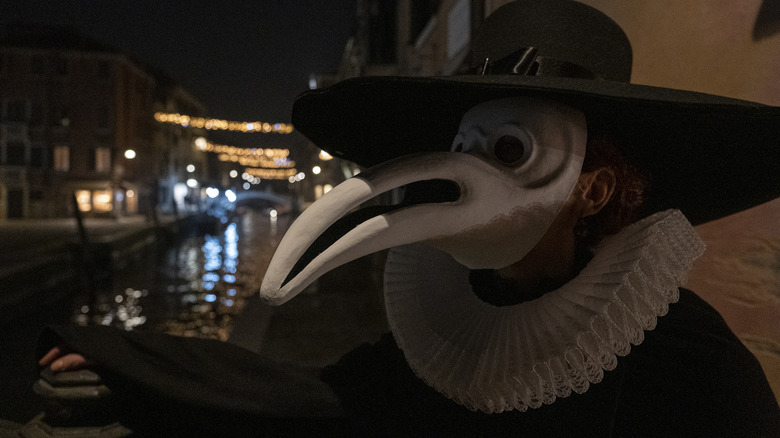





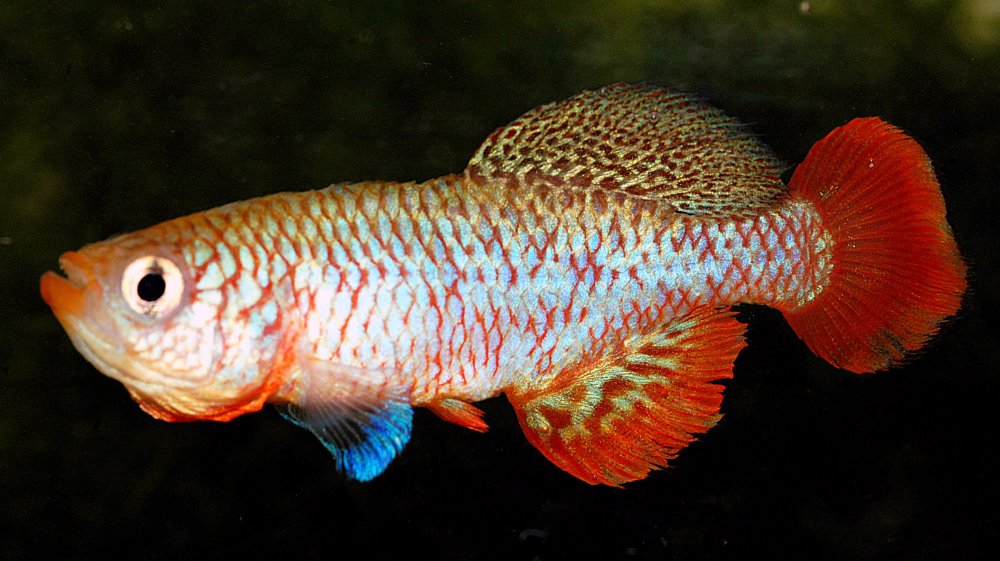




What a data of un-ambiguity and preserveness of precious knowledge about unexpected feelings.
Everything is very open with a precise description of the issues. It was truly informative. Your website is very helpful. Thank you for sharing!
I do agree with all the ideas you have introduced on your post. They are very convincing and will definitely work. Still, the posts are too brief for novices. May just you please prolong them a bit from next time? Thank you for the post.
I enjoy what you guys are up too. Such clever work and exposure! Keep up the superb works guys I’ve incorporated you guys to my personal blogroll.
hi!,I really like your writing so much! proportion we keep up a correspondence more approximately your post on AOL? I need an expert in this space to solve my problem. May be that is you! Taking a look forward to see you.
My spouse and I stumbled over here from a different page and thought I might check things out. I like what I see so now i’m following you. Look forward to looking over your web page yet again.
My brother suggested I might like this blog. He was totally right. This post actually made my day. You cann’t imagine just how much time I had spent for this information! Thanks!